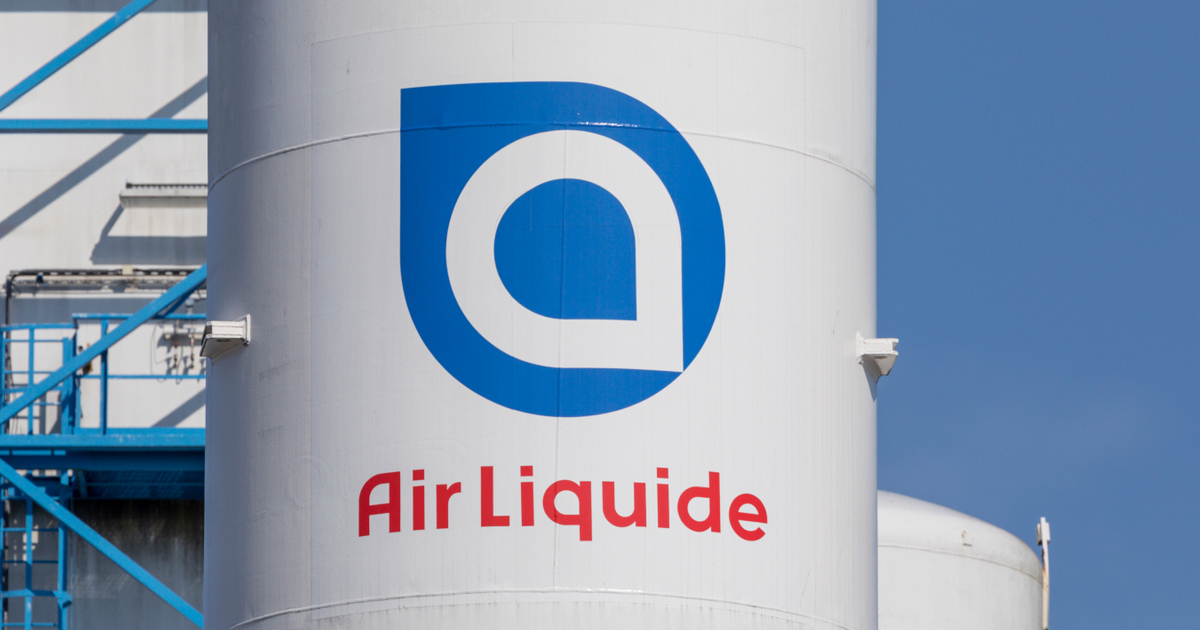Last Call: 5 Tips To Capture Last Minute Ecommerce Sales via @sejournal, @navahf
Create clever solutions for procrastinating shoppers and leverage your ecommerce channel to its fullest potential. Here are the best practices to win last minute sales. The post Last Call: 5 Tips To Capture Last Minute Ecommerce Sales appeared first...

Gift giving is like targeting in digital marketing. You’re attempting to “message map” the perfect gift based on what you know about the person while sticking to an agreed-upon budget.
For some, this is a delight, and they knock out all their shopping in the weeks (or months) leading up to Black Friday or Cyber Monday.
Then there’s the other 79%.
Klarna surveyed 40,000 U.S.-based shoppers who bought at least one gift during the holiday season and found that 79% waited till the last two weeks before Christmas to make their purchases.
As marketers, this is fantastic news, as it means our success or failure isn’t contingent on one really good weekend.
We can plant seeds throughout the holiday season and all year-round to entice shoppers to convert with last-minute campaigns.
To make the most of that buying behavior, we need to ensure a solid digital presence and operational infrastructure.
Consider these five strategies:
Countdown to “Shipped In Time.” One-stop shopping. Product recommendations with gift cards. Charity add-ons. Gamifying upsells and lead capture.While mostly focused on ecommerce/physical gifts your customers can buy, you can apply many of these lessons to local services.
1. Countdown To Shipped In Time
Creating a sense of urgency through countdowns is nothing new.
Timers can lead to an average 37.50% engaged conversion rate (sales) during the holiday season.
The biggest opportunity in countdowns is the time left to order for your gift to arrive in time.
In 2020, around 50% of those surveyed opted out of retail shopping due to health risks, so the reliability of presents arriving on time was even more important.
It’s important to remember countdowns need different applications depending on the channel.
For example, ads may do best when you give the user a specific number of days to complete the sale, while landing pages do better with hours and minutes.
Don’t be afraid to remind your subscriber list of their timelines to order in time for the holidays (or keep their basket).
2. Mobile-Friendly One-Stop Shopping
People don’t like working hard.
The easier the task, the more likely it is to be accomplished.
This is why many brands need to revisit their check-out flow ASAP!
Imagine adding 10 to 15 products to your cart, only to find out you have to do individual transactions.
This surely contributes to the 30% of carts abandoned (and $18 billion in revenue lost) because the user had to re-enter information.
Amazon is often seen as the 400lb guerilla in ecommerce, yet even they have a convoluted multi-shipping address workflow.
This is compounded by their below-average mobile experience (which makes it very easy to exit the process and be forced to start from the beginning).
While technically in the minority, smartphones accounted for 43% of orders in 2020.
We need to ensure the user experience doesn’t take a hit on mobile.
They go wrong (and you can go right) by requiring the user to add the addresses of the people they want to ship to before designating the shipping address for each present.
Compare that experience with FromYouFlowers.com, which allows you to manually enter the address (or pull from your address book if logged in).
Check-out pages are also a helpful spot to include a banner asking if the customer forgot anyone on their list.
Offering product suggestions for family members or people the prospect has historically bought presents for in the past is a great way to upsell without forcing a discount.
3. Coupling Product Recommendations With Gift Cards
Gift cards are the salvation of many a last-minute shopper, but many shoppers can feel guilt over the lack of personalization.
Good news for them (and brands capitalizing on late shoppers): 59% of wishlists include gift cards!
A powerful way to increase average order value (AOV) in gift cards is to allow customers to send product recommendations within the gift card amount.
This solves two really stressful problems in the shopping process:
Shoppers can show they put thought into the purchase and didn’t just bulk send a bunch of gift cards to feel better. Gift receivers don’t have the hassle of returning a present they’re not in love with – they get to choose exactly what they want.A great example of a brand doing this is Goody, which allows the shopper to “send” a gift through SMS/their app, but gives the recipient the chance to pick something else of equal value.
Consider using product recommendations or allow the person gifting the option to “pick” something that they can easily swap out.
This is a win-win for you and your customers: No additional operational overhead wasted on returns without the inconvenience of dealing with unwanted presents.
4. Charity Add-Ons
The holiday season is the biggest shopping season because it’s the season of giving.
In 2020, we saw a 49% increase in the average donation (including corporate matching programs).
Introducing the option to “round up” for donation purposes, adding on a stand-alone donation, or giving users a “free gift” donation when they spend a certain amount can be a powerful way to earn sales without overly discounting your products/services.
Amazon wins out on the “good company” study year after year because of its smile.amazon.com program.
A percentage of every sale goes to a nonprofit the customer specifies.
Applying this initiative to your brand doesn’t need to be a big undertaking.
Whether it’s partnering with tools like ShoppingGives.com or elevating your own passion organizations, consumers will appreciate doing good while treating their loved ones (or themselves) well.
5. Gamifying Upsells And Lead Capture
Almost two-thirds (65%) of customers wait for a sale to purchase.
Harness that need for saving while growing your average order value (AOV) and first-party data through on-site CRO.
Offering levels of savings (buy two items, save 10%; buy three, save 15%; etc.) will entice users to do most (if not all) of their holiday shopping with you.
Additionally, studies have shown that a 5% increase in user engagement can lead to an average of 75% revenue.
Gamification is the “easy button” for engagement because it transforms a tedious task into a fun activity.
Whether it’s “spin to win,” “scratch-off,” or another lead capture game, these campaigns can help drive sales and build a list to follow up with once the holiday season ends.
As you’re gifting out discounts and fun, you’re getting the gift of first-party data.
Final Takeaways
Last-minute conversions are particularly valuable during the holidays but this is a behavior you can tap into all year long.
Transparency in your ability to meet shipping deadlines and creating clever solutions for procrastinators can help you leverage your ecommerce channel to its fullest potential.
More resources:
Top 10 Affiliate Marketing Software Platforms To Maximize Sales In 2022 9 Essential Ecommerce Site Optimizations to Boost Holiday Sales Ecommerce Marketing: The Definitive GuideFeatured Image: DC Studio/Shutterstock

 ValVades
ValVades 












![Learn To Engage New SaaS Customers With Content Marketing [eBook] via @sejournal, @mirandalmwrites](https://cdn.searchenginejournal.com/wp-content/uploads/2022/03/featured-book-62461bd006a8e-sej.jpg)


















